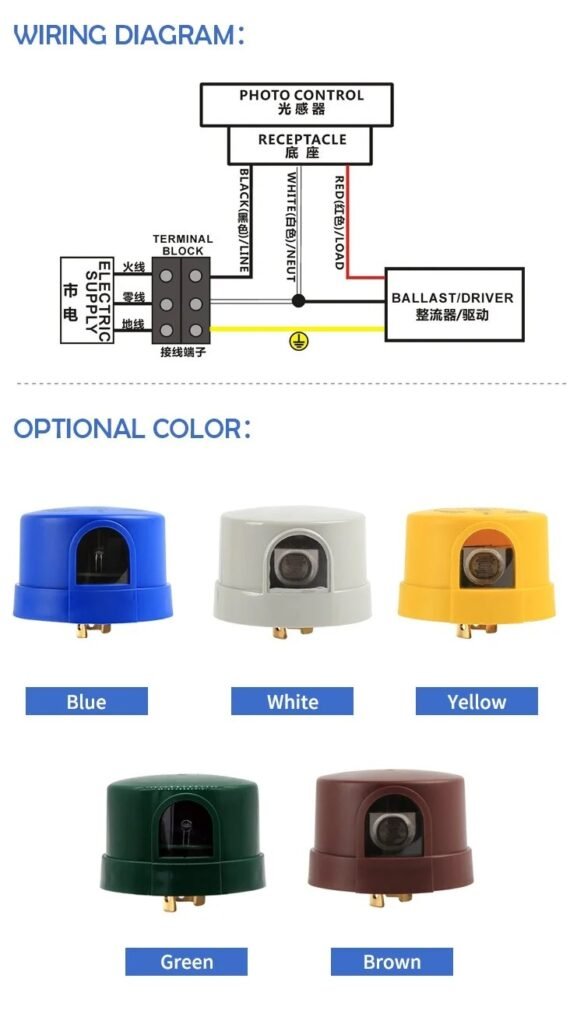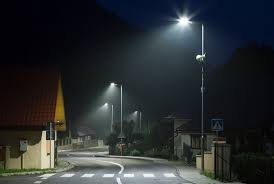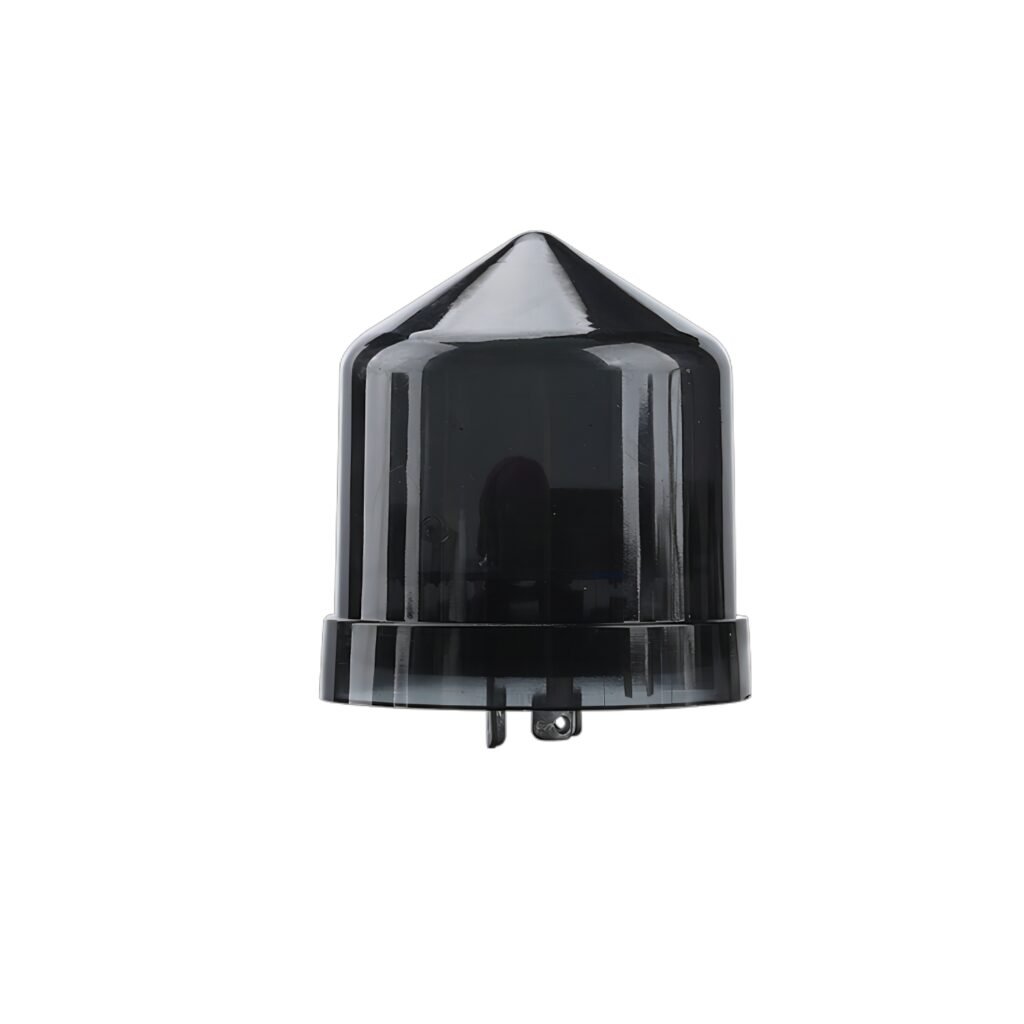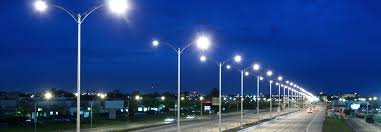As the metropolises are increasingly pushing towards carbon neutrality and are striving to become self-sufficient in their power needs, every sector is trying to follow the pursuit. Smart street lighting systems are no exception.
Street lighting is transforming from a passive energy consumer into a dynamic infrastructure node. It is efficiently integrating solar power, battery storage, and AI-driven lighting control to reduce power consumption as much as possible while enhancing reliability.
In this backdrop, there have been two major developments recently:
- Huawei’s “Solar + Storage + Charging” integrated streetlight, which uses photocell light sensors to switch automatically between solar and grid power, achieving a whopping energy saving of up to 60%.
- Signify’s patented “Lumen Prediction Model”, which applies AI and weather data to adjust brightness in real-time, cutting energy waste from over-lighting by 35% while also reducing light pollution significantly.
At the core of these technologies lies an often-overlooked component: the smart photocell. Let’s have a look at how these technological advancements are changing the photocells for better.
Solar-Powered + AI-Driven: A Smarter Lighting Architecture

This deadly combination is driving the world of outdoor lighting towards new heights of efficiency. The smart lighting system is getting smarter and is now equipped with the following features:
- Powered by solar energy by default to prioritize the usage of renewable energy, with seamless fallback to AC grid power when required
- Responsive to environmental conditions, such as cloud coverage or precipitation for consistently high visibility
- Predictive and proactive in nature, learning from traffic and ambient patterns via AI to optimize brightness according to predictable schedules and ground data
- Resilient and reliable, as it can maintain functionality during peak pricing hours or power outages through smart power management
| Особенность | Описание |
| Powered by Solar | Prioritizes renewable energy with fallback to AC grid when needed |
| Environmental Responsiveness | Adjusts lighting based on real-time weather conditions |
| AI Predictive Optimization | Learns from traffic and ambient data to optimize brightness |
| System Resilience | Maintains functionality during outages or high energy pricing |
This shift reduces operational costs, boosts sustainability, and builds smarter infrastructure.
Photocells Reimagined: From Light Sensor to Smart System Node
In the above-mentioned intelligent hybrid solar-grid and AI-based lighting system, the photocell evolves from a basic dawn-to-dusk switch into an intelligent control node. It is no longer a mere outdoor light sensor switch that simply turns the light on and off according to fixed schedules. The new generation photocells are expected to have the following characteristics:
- They should be smart enough to seamlessly and automatically switch between solar and AC power as and when needed
- They should communicate with AI dimming systems via DALI or I/O feedback for smooth switching
- Instantly responds to real-time ambient and weather data for immediate adjustments to the brightness accordingly
- They should ensure compatibility with smart drivers, wireless platforms, and energy policies to keep up with the transforming lighting ecosystem
Lead-Top Smart Photocells: Built for the Solar + AI Era
В Lead-Top Электрические, we engineer photocells tailored for modern, energy-efficient lighting systems. Our advanced product lines are designed to support solar-grid hybrid networks and AI-based dimming protocols. Below are the photocells that we recommend to fit the smart, hybrid lighting ecosystem:
LT134 Series – High-Performance Photocell Sensors
Наш LT134 series photoelectric sensors are built to be future-proof and offer high compatibility with the hybrid outdoor lighting system. Here is what you can expect from them:
- Supports wide voltage range (120–277V) to cope with the needs of hybrid solar/AC systems
- Built-in zero-crossing detection and fast-switching circuit that guarantees lightning-fast response
- Offers I/O feedback for connection with AI-based dimming or sensor systems
- Surge protection up to 20KV / 10KA to assure safe operation even under unpredictable electric surges and power spikes
- IP66-rated enclosure, >10,000 ON/OFF cycles and high durability
LT600 Series – Zhaga Book 18 Smart Photocell
This series offers compatibility with virtually all sorts of emerging smart lighting infrastructure and due to their plug and play design. Below are their salient features that make these photocells stand out.
- Fully compliant with Zhaga Book 18 / D4i standards to offer high interoperability with all advanced lighting systems across the globe
- 4PIN interface: 24VDC, DALI+, DALI–, and I/O for perfect integration into DALI based networks
- Plug-and-play compatible with motion, radar, and weather sensors and provides fast installation without the need for tools
- Low power consumption (≤0.5W) and IP66-rated for long-term outdoor use due to their resilience against even the worst environmental conditions
Идеальное применение
Their high adaptability and durability make these photocells suitable for diversified applications. Below are some of the examples of the application scenarios where they fit well:
- Urban parks, greenways, or rural roads with solar/AC hybrid lighting where grid access might be limited or unstable. Using solar power with a fallback to AC when required, these photocell sensors ensure a continuous supply of light
- Streets using AI-based lighting algorithms to optimize performance depending on ground conditions like ambient light levels and traffic flow.
- Public tenders in EU/NA where Zhaga, DALI, or predictive lighting is a requirement because these photocells are completely compliant with international smart lighting standards and can be used for large-scale lighting infrastructure
Smart photocells like those from Lead-Top are more than accessories—they’re the edge intelligence layer of tomorrow’s adaptive street lighting. There are future-ready smart nodes, helping transform the urban lighting into an intelligent lighting system that is not only more efficient in power consumption but also scalable due to high interoperability.
Ready to explore LT134 or LT600 samples or integration support?
Visit **[www.leaditop.com](https://www.leaditop.com)








